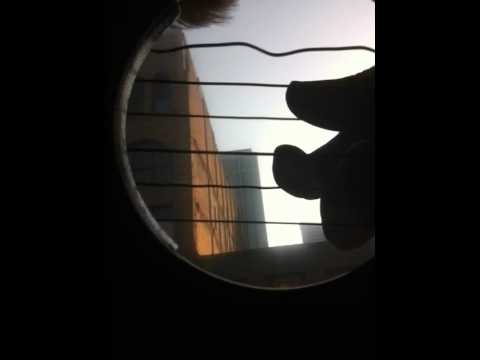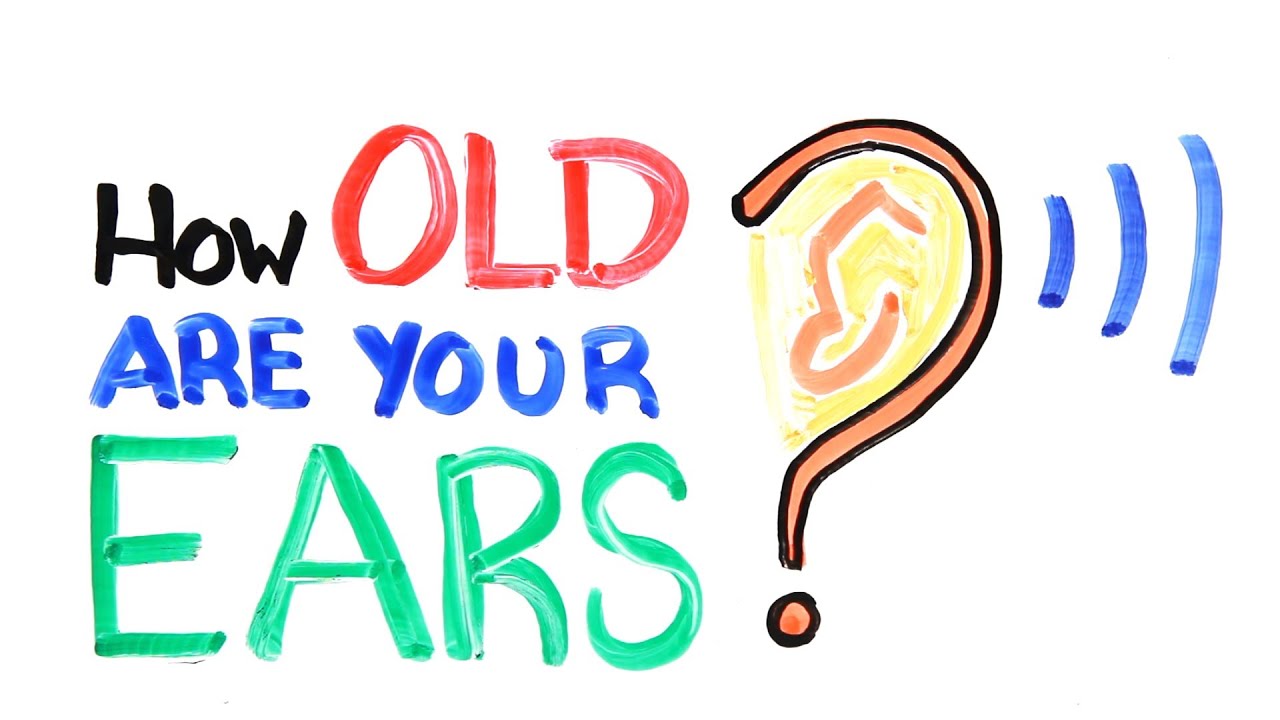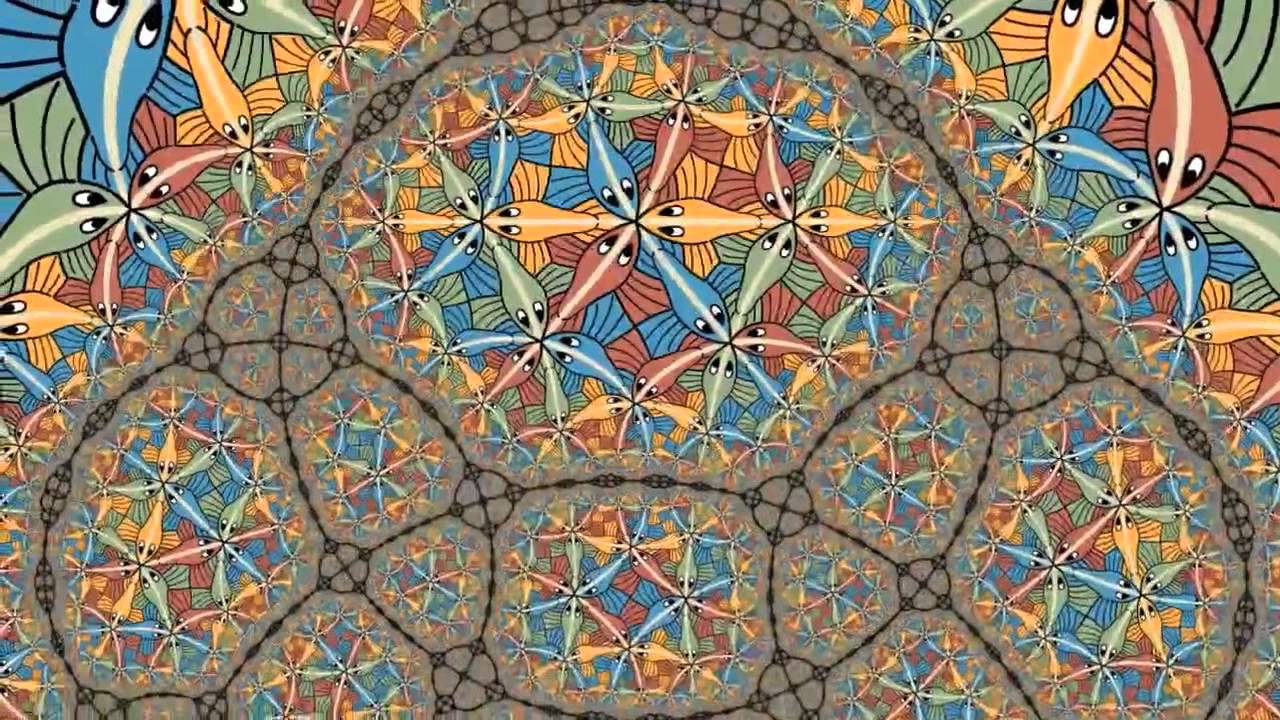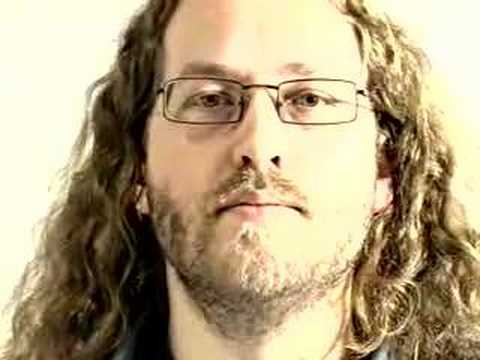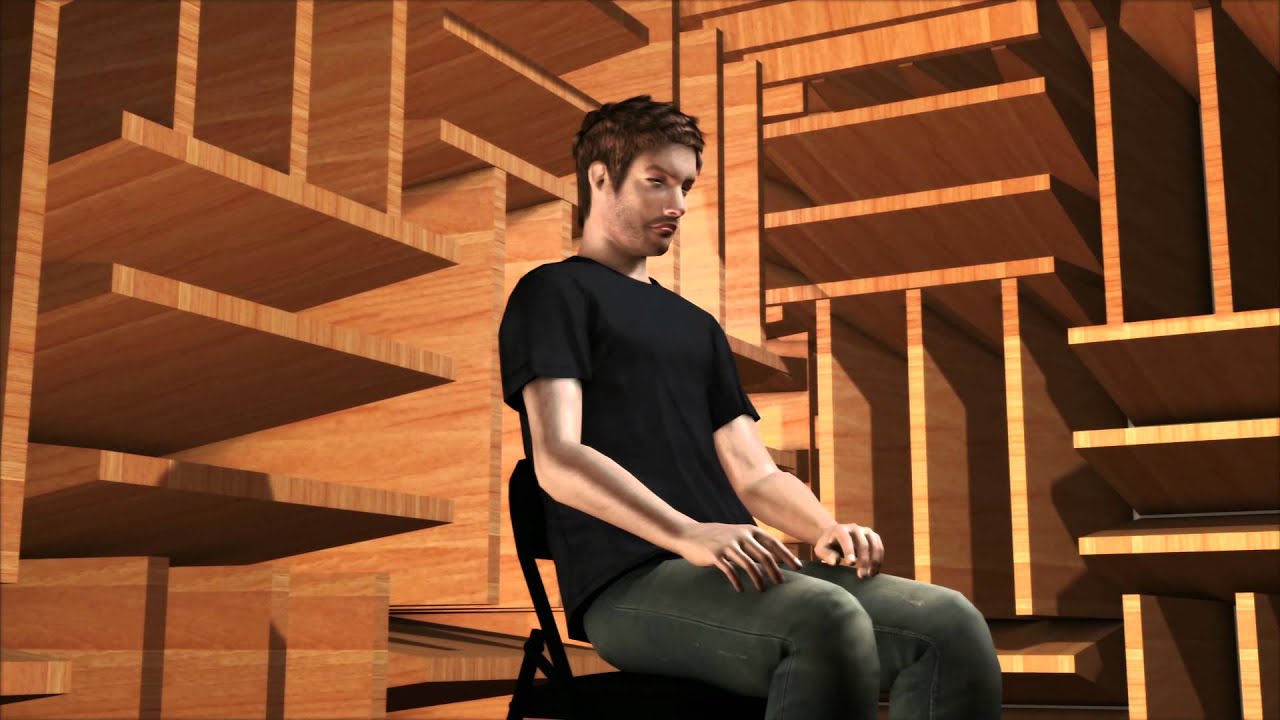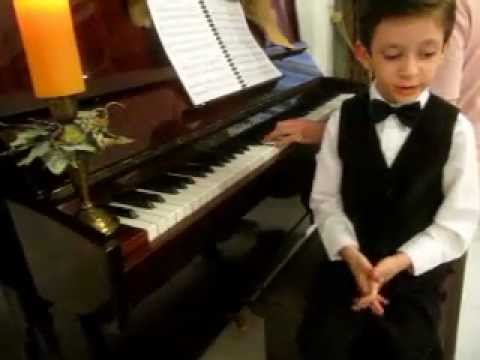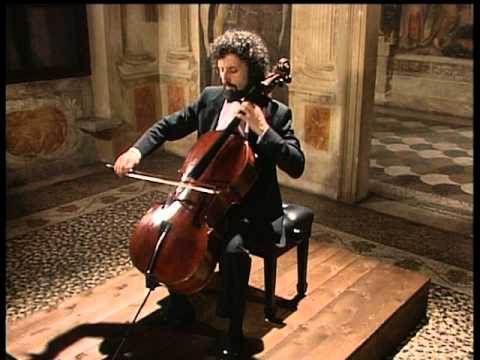(This is a 7-part series that will explore the true nature of our senses and the relationship between them and our self)
 From chirping birds to rustling machines, our world is embedded with vibrant bodies that give us a “notice” of its presence. It all starts with the vibration of something, like the guitar string when struck by another object, when this happens the oscillation object influences the medium in such a way that it starts vibrating at the same frequency. This creates a chain reaction, creating vibration waves that propagate, similar to how ripples are created when we throw a pebble in the pond. When the medium is air, the propagation happens usually in a spherical way.
From chirping birds to rustling machines, our world is embedded with vibrant bodies that give us a “notice” of its presence. It all starts with the vibration of something, like the guitar string when struck by another object, when this happens the oscillation object influences the medium in such a way that it starts vibrating at the same frequency. This creates a chain reaction, creating vibration waves that propagate, similar to how ripples are created when we throw a pebble in the pond. When the medium is air, the propagation happens usually in a spherical way.

Hearing could be understood as the capturing of this propagation, and our hearing apparatus is a superb mechanism for doing that. First, our ears act like antennas, bouncing the vibration into our ear canal (all those wiggles help a lot!), where they travel until they strike our eardrums (similar to the head of the drums when they are struck). After this, the vibrations travel through the small bones until they reach the inner ear (a spiral-shaped tube) where little hair cells await them. These little guys are our transducers; according to the received vibrations, they help to trigger an effect that leads to the release of some electrical impulses that travel through a nerve and into the brain stem, where sound is then perceived.
Our hearing range by default is from 20 Hertz (that is 20 oscillations per second), to about 20,000. But this gradually changes over time. Exposure to loud noises can reduce our hearing spectrum considerably, so, please take good care of your ears! Bring the volume down a little bit! Try the hearing test below (best done with good speakers) –
Other cool features of our hearing apparatus that we don’t normally appreciate, is the fact that we can identify the location of where the sound is coming from. By identifying different aspects of how the sound changes in both ears, we can identify in our three dimensional space the origin of a sound. Some of these cues include the refraction of sound in our head, the difference in loudness between both ears and the difference of arrival time.
Use headphones for this one!
Just like with sight, hallucinations and illusions also take place, because there is a great deal of mental construction in what we hear, as with what we see. For example, the following illusion is called the Shepard’s tone, and it gives the illusion of sound either infinitely rising (or infinitely falling) from repetition of just a finite set. Try to track the progression of sound and get ready to be mind blown.
There are many auditory illusions, like the McGurk effect, where the illusion occurs when the auditory component of one sound is paired with the visual component of another sound, leading to the perception of a third sound.
In this illusion, on seeing and listening to the video, you should hear “da, da”, while in reality the sounds are “ba, ba”. If you don’t hear it, close your eyes and then try listening to it. The illusion takes place because our brain on identifying what is making the sounds, in this case the person, makes a sense of the sound based on the information provided by the other senses, and by doing some cross-examination, our brain comes out with a composition that it finds more sound.
Sound is always present in our lives, from loud moments to the quieter ones. Complete silence is impossible, and even not beneficial. There are some chambers designed to dampen and absorb them. In such a quiet location, what happens is that one starts hearing their own heart, and even the flowing of the blood as it passes through our head, or the high pitched sound that our ear produces when things get quiet. Even our breathing becomes a unique acoustic phenomena that draws our attention. People might also experience some disorientation, dizziness and even euphoric feeling.
Some people have developed some amazing sensibility with it. Take for example this boy who lost his sight at the age of 2. Through training he developed the ability to echo locate, means he detects objects in his environment by sensing echoes from those objects, which help him to construct a “picture” of the surrounding world.
In a similar fashion, our hearing can be trained to identify the subtle differences between certain aspects of sound. Some people have a “perfect ear,” upon hearing a sound they can identify which note it belongs to.
With this great sense, our world becomes richer. Sounds notify us of an activity that is taking place, and it can also convey a great deal of information, besides its oscillation, such as its location. Each sound is unique, with its texture and its arrangement in time, they make a great asset for perception. I personally find a great deal of joy in experiencing them. There are even people who dedicate themselves to producing noise in an artistic manner. Even sounds that can be annoying, will be enjoyable with a shift of perception (a documentary on it below)
To sum it up, here is a piece of music that I find sublime for its composition, but also for the mere sound of it.
Image Source
Hearing
Child hearing
Ear anatomy
Ear cells

